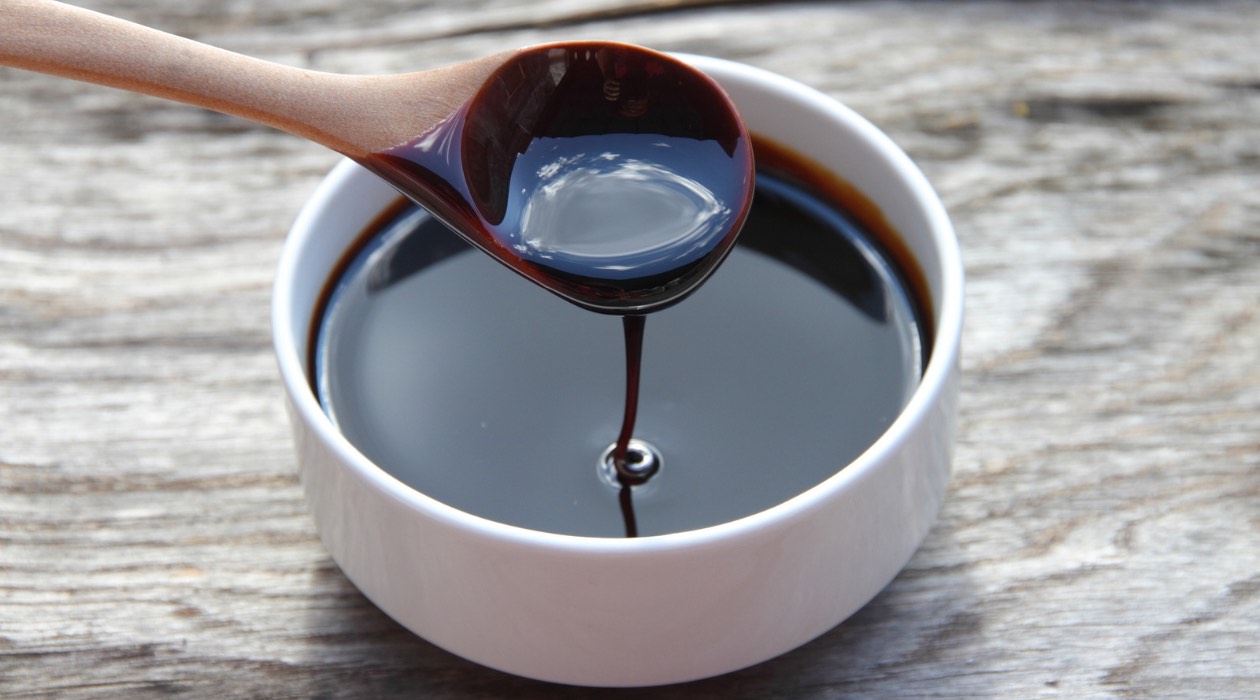

Articles
How To Store Molasses
Modified: January 6, 2024
(Many of the links in this article redirect to a specific reviewed product. Your purchase of these products through affiliate links helps to generate commission for Storables.com, at no extra cost. Learn more)
Introduction
Molasses is a thick, sticky, and sweet syrup-like substance that is made during the process of refining sugarcane or sugar beets. It is commonly used as a sweetener and flavor enhancer in various recipes, such as baked goods, marinades, and sauces. The rich, robust taste of molasses adds depth and complexity to dishes, making it a staple in many kitchens.
When it comes to storing molasses, it is important to take certain factors into consideration to ensure its longevity and preservation of its quality. Proper storage methods can help prevent the syrup from crystallizing, becoming moldy, or losing its flavor over time.
In this article, we will explore some key factors to consider and provide practical tips on how to store molasses effectively, keeping it fresh and delicious for an extended period.
Key Takeaways:
- Proper storage of molasses is crucial to maintain its quality and flavor. Factors such as temperature, moisture, air exposure, and light play a significant role in preserving molasses.
- Choosing the right storage container, keeping molasses in a dry and cool location, and protecting it from moisture, air, sunlight, and heat are essential for extending its shelf life. Regular monitoring and proper handling techniques also contribute to maintaining the freshness of molasses.
Read more: How To Store Opened Molasses
Understanding Molasses
Molasses is a byproduct of the sugar-making process. It is created when sugarcane or sugar beets are crushed to extract their juices. These juices are then boiled and reduced, leaving behind a concentrated syrup known as molasses. The flavor and color of molasses can vary depending on the type and stage of the sugar-making process.
There are different types of molasses available, including light molasses, dark molasses, and blackstrap molasses. Light molasses is made from the first boiling of the sugar syrup and has a mild, sweet flavor. Dark molasses is made from the second boiling and has a stronger, more robust flavor. Blackstrap molasses is made from the third boiling and is the darkest and thickest variety with a robust, bittersweet taste.
Molasses is a popular ingredient in baking due to its distinct flavor and ability to add moisture and richness to baked goods. It is also rich in essential nutrients like iron, potassium, and calcium, making it a healthier alternative to refined sugar.
Understanding the characteristics of molasses is essential for proper storage. Its sticky consistency and high sugar content make it prone to crystallization and mold growth if not stored correctly. Maintaining the quality of molasses requires careful attention to factors such as temperature, moisture, and exposure to air and light. Let’s explore these factors in detail to ensure optimal storage conditions for your molasses.
Factors to Consider for Proper Storage
When it comes to storing molasses, there are several factors to consider to maintain its quality and prevent degradation:
- Temperature: Molasses should be stored in a cool place with a stable temperature. Exposure to high temperatures can cause the syrup to become thin and lose its flavor. Extreme heat can also lead to fermentation, resulting in the growth of bacteria. The ideal storage temperature for molasses is around 50-70°F (10-21°C).
- Moisture: Molasses is hygroscopic, which means it readily absorbs moisture from the environment. Excessive moisture can lead to the growth of mold or the syrup becoming watery. Therefore, it is important to keep molasses in a dry location.
- Air Exposure: Molasses can oxidize when exposed to air, resulting in a change in flavor and the potential for off-tastes. To prevent air exposure, make sure the storage container is airtight and properly sealed.
- Light Exposure: Sunlight and artificial light can lead to the degradation of the syrup’s quality. It is best to store molasses in a dark place to minimize light exposure and preserve its flavor.
- Container: Selecting the right storage container is crucial for preserving molasses. Glass or food-grade plastic containers with tight-fitting lids are ideal. Avoid using metal containers as they can react with the syrup and affect its taste.
By considering these factors, you can ensure optimal storage conditions for your molasses and prolong its shelf life. In the following sections, we will discuss in detail how to implement these considerations effectively and keep your molasses fresh and flavorful.
Choosing the Right Storage Container
When it comes to storing molasses, selecting the right storage container is essential to maintain its freshness and quality. Here are some factors to consider when choosing a suitable container:
- Material: Opt for glass or food-grade plastic containers. These materials are non-reactive and do not affect the flavor or quality of the molasses. Avoid using metal containers, as they can interact with the syrup and alter its taste.
- Size: Consider the amount of molasses you plan to store. Choose a container that is appropriately sized to accommodate the quantity of molasses without leaving too much empty space. This helps minimize air exposure and oxidation.
- Lid: Ensure the container has a tight-fitting lid to create an airtight seal. This helps prevent air from entering the container and compromising the integrity of the molasses.
- Transparency: While glass containers are ideal for preserving molasses, they can allow light exposure. If using a glass container, consider wrapping it in a dark material or storing it in a dark cabinet to protect the molasses from light.
By carefully selecting the right storage container, you can create an optimal environment for your molasses, keeping it fresh and flavorful for an extended period. Additionally, make sure the container is clean and dry before transferring the molasses to prevent any contamination or moisture buildup. In the next section, we will discuss how to store molasses in a dry and cool location for maximum longevity.
Storing Molasses in a Dry and Cool Location
One of the key factors for preserving molasses is storing it in a dry and cool location. Here are some tips to ensure optimal storage conditions for your molasses:
- Choose a dry area: Find a storage location that is free from moisture and humidity. Avoid storing molasses in areas such as the kitchen sink, near the dishwasher, or anywhere prone to water splashes or leaks.
- Avoid humid environments: High humidity can cause molasses to absorb moisture from the air and affect both its texture and flavor. Consider using a dehumidifier in the storage area to maintain a drier environment.
- Keep it away from water sources: Avoid storing molasses near sinks, washing machines, or any other water source to minimize the risk of accidental contact with water.
- Elevate the containers: Place the molasses containers on a shelf or elevated surface to avoid any potential contact with spillage or condensation on the ground.
- Use moisture-absorbing agents: Consider placing moisture-absorbing agents, such as silica gel packs or moisture-absorbing crystals, near the storage containers. These help to absorb excess moisture and maintain a dry environment.
By following these guidelines, you can create a suitable storage environment for your molasses, keeping it dry and preserving its quality over time. In the next section, we will discuss how to protect molasses from moisture and air exposure for optimal freshness.
Read more: How To Store Molasses Long Term
Protecting Molasses from Moisture and Air
Molasses is prone to absorbing moisture from the environment, which can lead to changes in texture and flavor. Additionally, exposure to air can cause oxidation and result in a decrease in quality. Here are some methods to protect molasses from moisture and air exposure:
- Secure and Seal Containers: Ensure that the containers used to store molasses have tight-fitting lids or caps. This creates an airtight seal that prevents air from entering and preserves the freshness of the syrup. Check the seal regularly to ensure it remains intact.
- Wrap Containers with Plastic Wrap: For an extra layer of protection, you can wrap the container with plastic wrap before sealing it with a lid or cap. This helps to further seal out air and moisture.
- Use Vacuum Sealed Bags or Containers: Consider vacuum-sealed bags or containers for long-term storage of molasses. These specialized containers remove air from the package, creating a vacuum that prolongs the shelf life and preserves the quality of the syrup.
- Avoid Partially Filled Containers: It is best to store molasses in containers that are filled to capacity, minimizing the amount of air in the container. If you have leftover molasses in a partially filled container, consider transferring it to a smaller container to reduce air exposure.
- Refrigerate or Freeze: In humid and warm climates, refrigerating or freezing molasses can help to further protect it from moisture and maintain its quality. However, keep in mind that refrigeration can cause molasses to thicken, so allow it to come to room temperature before using.
By taking these precautions, you can effectively protect molasses from moisture and air exposure, ensuring its quality remains intact for a longer period. In the next section, we will discuss the importance of keeping molasses away from sunlight and heat.
Store molasses in a cool, dark place, away from direct sunlight and heat sources. Make sure the container is tightly sealed to prevent air exposure and moisture. Stir before using if it has been sitting for a while.
Keeping Molasses Away from Sunlight and Heat
Molasses is sensitive to both sunlight and heat, as they can negatively impact its quality, flavor, and consistency. Here are some important considerations for keeping molasses away from sunlight and heat:
- Store in a Dark Place: Sunlight and artificial light can cause molasses to deteriorate more rapidly. Therefore, it is advisable to store molasses in a dark location, such as a pantry or dark cupboard. If using a clear glass container, consider wrapping it in a dark material or placing it in an opaque storage bag to protect it from light exposure.
- Avoid Heat Sources: Molasses should be kept away from direct heat sources, such as stoves, ovens, or heaters. High temperatures can cause the molasses to thin out, lose flavor, and potentially ferment. Choose a storage location that maintains a cool and consistent temperature.
- Don’t Store Near Appliances: Heat-generating appliances, such as refrigerators, dishwashers, or ovens, can create warm environments that may affect the quality of stored molasses. Keep the containers away from these appliances to prevent exposure to excess heat.
- Avoid Temperature Fluctuations: Rapid changes in temperature can cause molasses to expand and contract, leading to potential leakage or deterioration. Aim to store molasses in a location with stable temperature conditions to minimize fluctuations.
- Consider Refrigeration: If you live in a particularly hot and humid climate, storing molasses in the refrigerator can help maintain its quality. However, be mindful that refrigeration can cause the molasses to thicken, so allow it to come to room temperature before using.
By ensuring molasses is kept away from sunlight and heat, you can preserve its flavor, consistency, and overall quality. In the following section, we will discuss proper sealing and labeling techniques to further enhance storage and organization.
Proper Sealing and Labeling Techniques
Proper sealing and labeling of molasses containers are important for maintaining its freshness and organization. Here are some techniques to ensure effective sealing and labeling:
- Airtight Sealing: Ensure that the lids or caps of the molasses containers are tightly sealed to prevent air from entering. Check the seals regularly to ensure they remain intact and secure.
- Use Fresh Seals: If using containers with removable seals, make sure to replace them with fresh ones whenever necessary. Over time, seals can deteriorate, leading to air exposure and potential spoilage of the molasses.
- Label Containers: It is essential to label the containers with the date of purchase or expiry to keep track of the molasses’ freshness. Additionally, you can include any specific details, such as the type or flavor of the molasses, to easily identify it.
- Store in an Organized Manner: Arrange the molasses containers in a tidy and orderly manner to facilitate easy access and prevent any accidental spills or breakage. Consider using shelves or storage racks to keep the containers upright and avoid any potential damage.
- Keep Labels Visible: Ensure that the labels on the containers are clearly visible, even when stored. This makes it easier to identify the different types or flavors of molasses and helps maintain an organized storage system.
By following proper sealing and labeling techniques, you can maintain the freshness of the molasses and efficiently manage your storage space. In the next section, we will discuss the importance of checking and monitoring molasses regularly.
Checking and Monitoring Molasses Regularly
Regularly checking and monitoring your stored molasses is important to ensure its quality and prevent any issues that may arise. Here are some key steps to consider:
- Inspect for Mold or Unusual Odors: Periodically check your molasses for any signs of mold or unusual odors. Mold growth can occur due to moisture or air exposure. If you notice any mold or off-putting odors, discard the molasses immediately.
- Check for Crystal Formation: Molasses is prone to crystallization over time. Gently shake or stir the container to check for any crystal formation. If crystals are present, place the container in a warm water bath to dissolve them, and then store the molasses as usual.
- Ensure Proper Consistency: Check the consistency of the molasses regularly. Over time, molasses can become thicker or thinner due to temperature changes or prolonged storage. Adjust the consistency if needed before using it in recipes.
- Rotate Stock: If you have multiple containers of molasses, use the “first in, first out” principle. Consume the older stock before opening a new container to ensure freshness and avoid wastage.
- Take Note of Expiry Dates: Pay attention to the expiry dates of your molasses. While molasses can have a long shelf life, it is still important to consume it before expiration for optimal quality.
Regularly checking and monitoring your stored molasses allows you to catch any issues early on and ensure that you are using fresh and high-quality syrup. By maintaining a vigilant eye on your molasses, you can prolong its shelf life and enjoy its delightful flavor in your favorite recipes.
In the final section, we will provide some practical tips for extending the shelf life of molasses.
Read more: How To Store Basil From Store
Tips for Extending Molasses Shelf Life
To maximize the shelf life of your molasses and keep it fresh for as long as possible, here are some helpful tips:
- Proper Storage Temperature: Store molasses in a cool and dry place with a stable temperature, preferably between 50-70°F (10-21°C). Avoid extreme heat or cold, as they can affect the quality and consistency of the syrup.
- Airtight Containers: Use airtight containers, such as glass or food-grade plastic, to store molasses. Make sure the lids or caps are tightly sealed to prevent air exposure and maintain the freshness of the syrup.
- Avoid Contamination: Be careful not to introduce moisture, crumbs, or other food particles into the molasses container, as they can promote spoilage. Use clean utensils and ensure the container and surroundings are clean before transferring or opening the molasses.
- Proper Handling: When using molasses, always use clean and dry spoons or measuring utensils to avoid introducing moisture. Avoid dipping used utensils back into the container, as it can contaminate the syrup.
- Store Away from Strong Odors: Molasses can absorb strong odors from other foods or spices nearby. Keep it away from pungent ingredients, such as onions, garlic, or spices, to preserve its natural flavor.
- Avoid Freezer Burn: While freezing molasses is an option, be mindful of freezer burn. Use freezer-safe containers and ensure proper packaging to prevent molasses from being exposed to air and ice crystals.
- Use Molasses Regularly: Molasses, like any other food product, is best used within a reasonable period. Regularly incorporate it into your recipes to ensure it gets consumed before its expiration date.
By following these tips, you can extend the shelf life of your molasses, ensuring it remains fresh, flavorful, and ready to enhance your favorite culinary creations. Remember to always check for any signs of spoilage and use your discretion when consuming stored molasses.
As a final note, storing molasses properly and paying attention to its shelf life will not only ensure its quality but also contribute to a more organized and efficient kitchen. Enjoy the delectable sweetness of molasses in your recipes with the confidence of optimal storage!
If you have any further questions or concerns, feel free to ask. Happy cooking!
Conclusion
Molasses, with its rich flavor and versatility, is a beloved ingredient in many kitchens. By understanding the nature of molasses and implementing proper storage techniques, you can extend its shelf life, maintain its freshness, and enhance its overall quality.
Factors such as temperature, moisture, air exposure, sunlight, and heat all play a crucial role in preserving molasses. Choosing the right storage container, keeping molasses in a dry and cool location, protecting it from moisture and air, and avoiding sunlight and heat are essential steps to ensure its longevity.
Proper sealing and labeling techniques provide an extra layer of protection and organization. Regularly checking and monitoring the molasses for any signs of spoilage, crystal formation, or changes in consistency helps catch issues early on and maintain its quality.
To extend the shelf life of molasses, consider keeping it in a cool environment, storing it in airtight containers, and using proper handling techniques. Avoid contamination, strong odors, and freezer burn, and make sure to use molasses regularly to fully enjoy its delightful flavor.
By following these tips, you can savor the sweet taste of molasses in your favorite recipes, confident that you have stored it properly and optimized its shelf life.
Remember to always check the expiry dates and trust your senses when it comes to determining the freshness of molasses. With proper storage and care, your molasses will continue to add depth and richness to your culinary creations for an extended period.
Now, go ahead and store your molasses with confidence, knowing that you are taking the necessary steps to preserve its quality and fully enjoy its flavor. Happy cooking!
Frequently Asked Questions about How To Store Molasses
Was this page helpful?
At Storables.com, we guarantee accurate and reliable information. Our content, validated by Expert Board Contributors, is crafted following stringent Editorial Policies. We're committed to providing you with well-researched, expert-backed insights for all your informational needs.





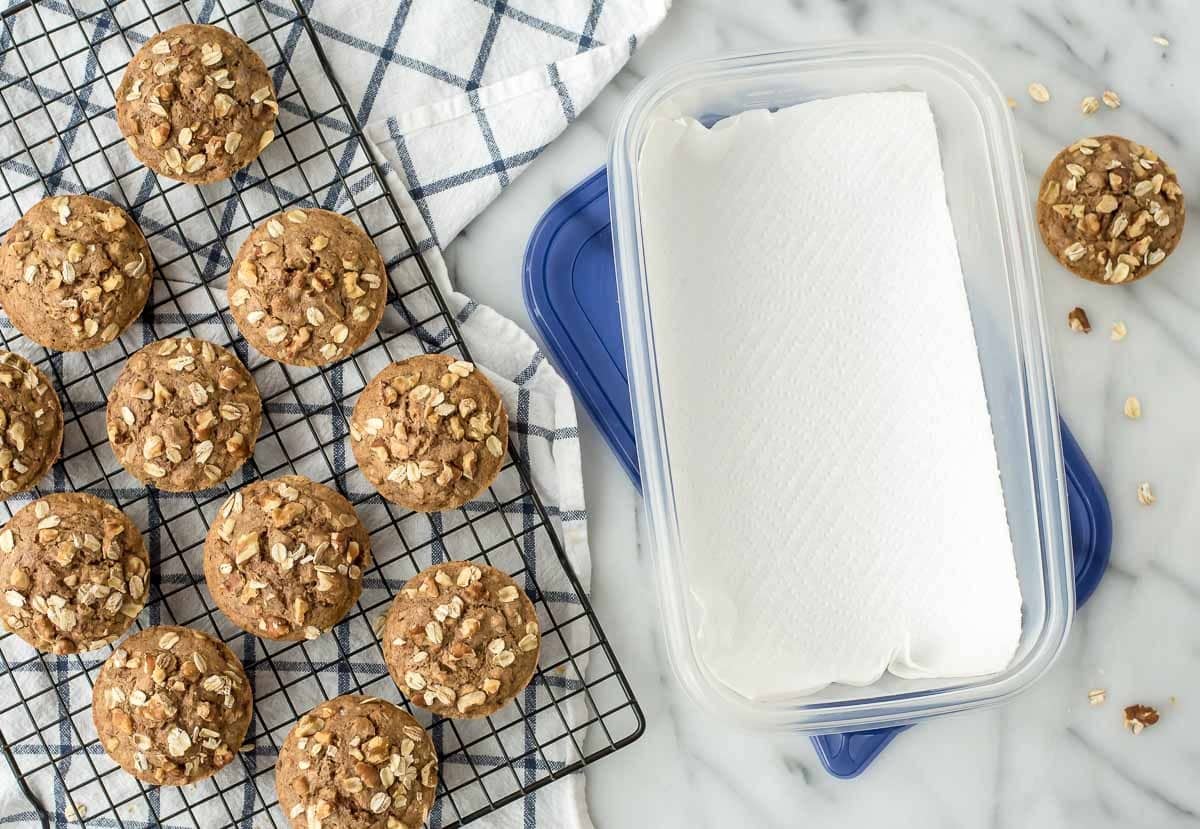
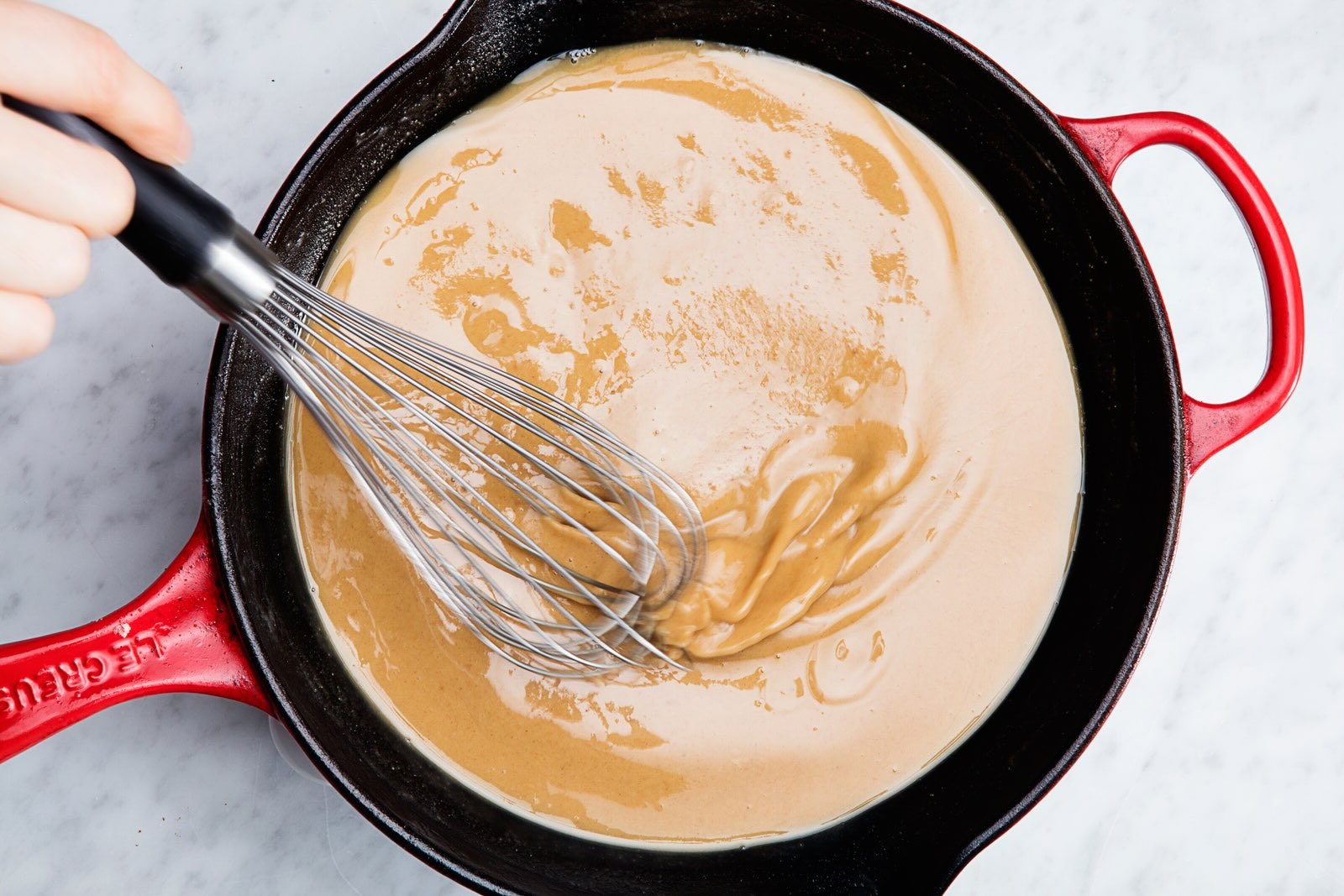
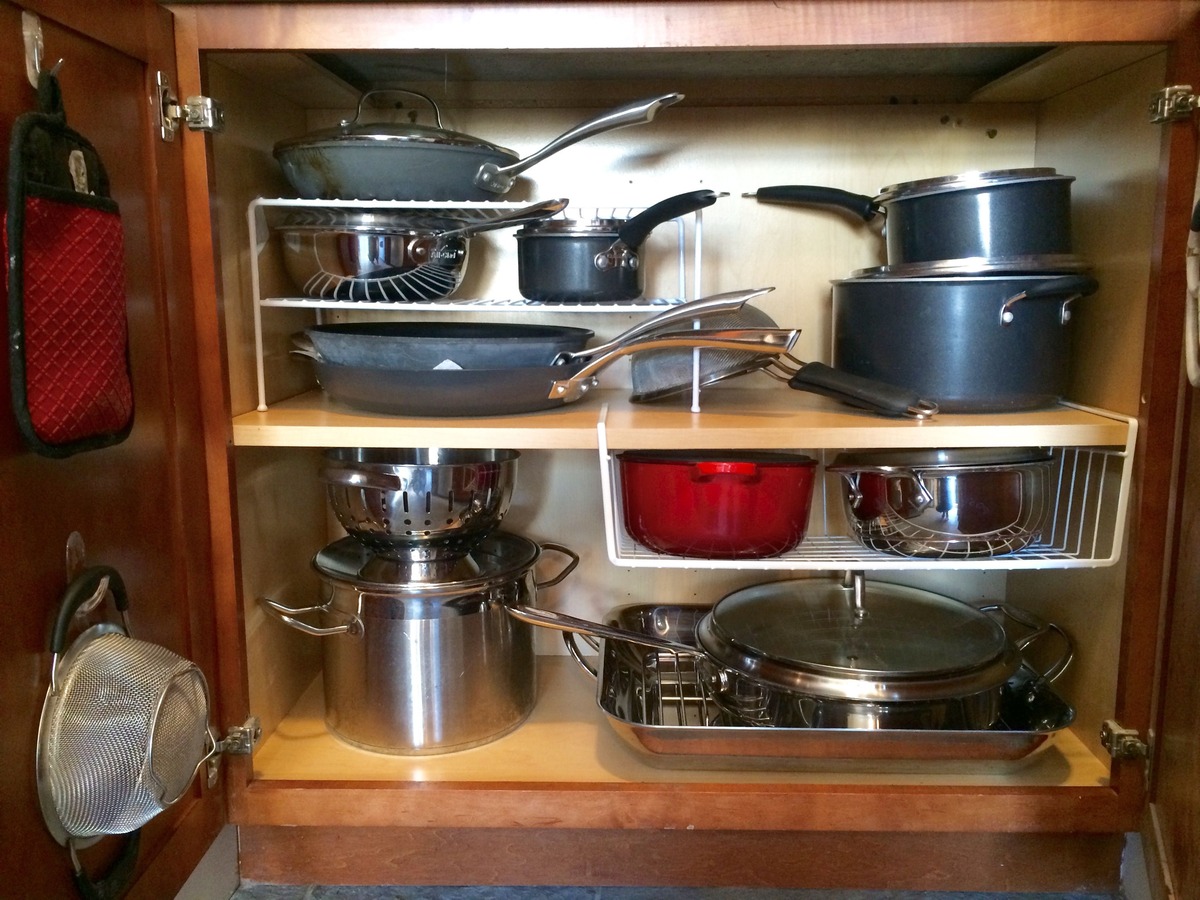
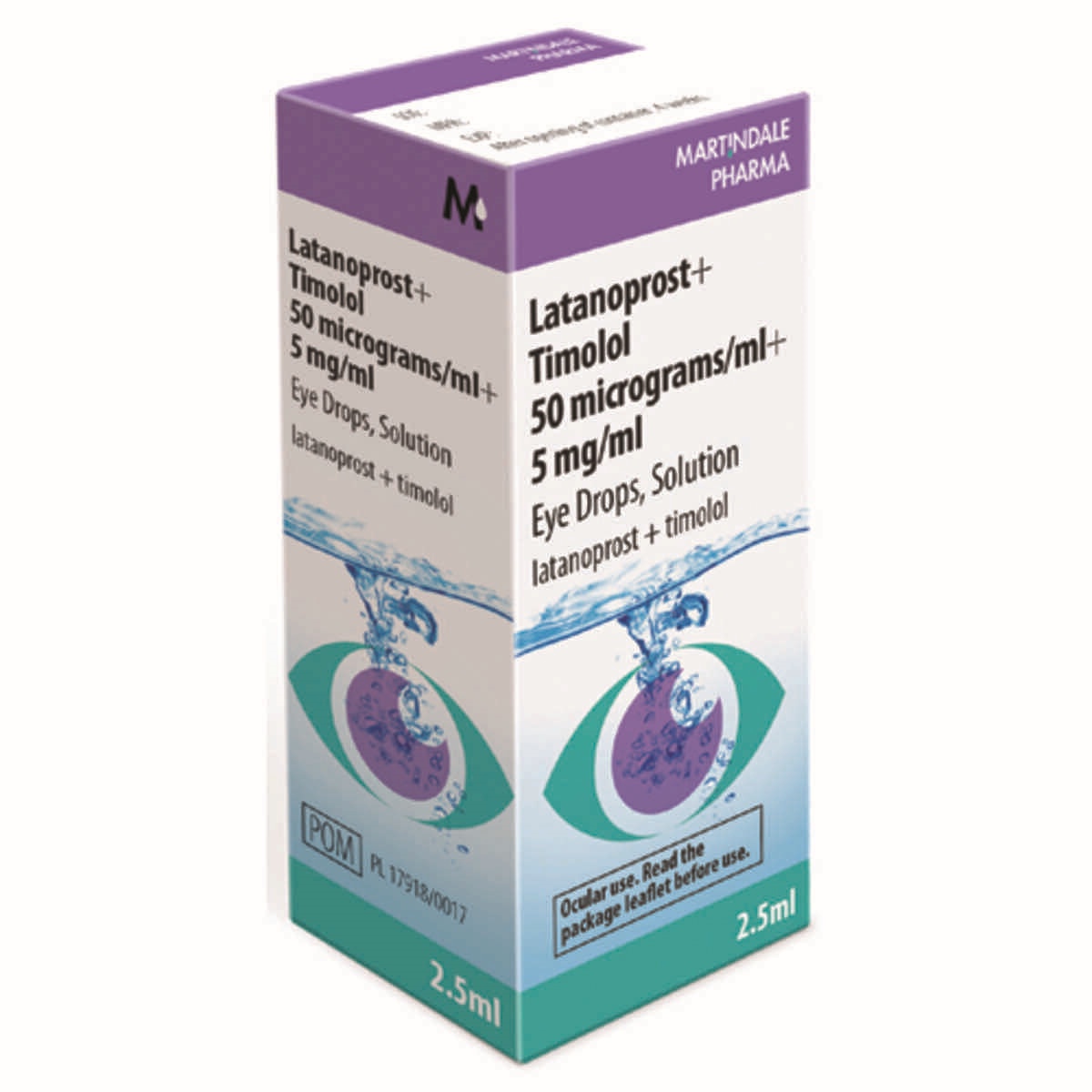

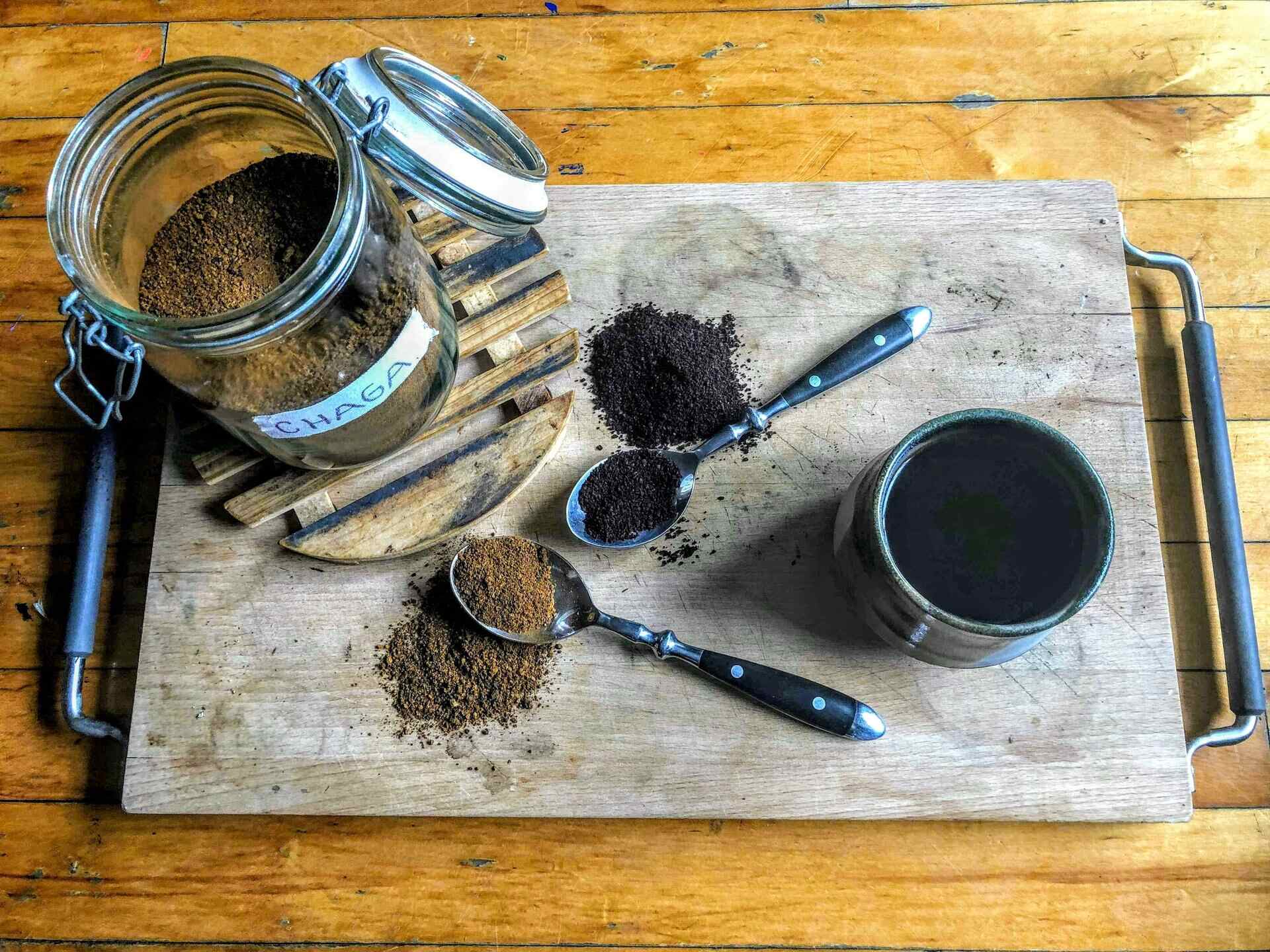
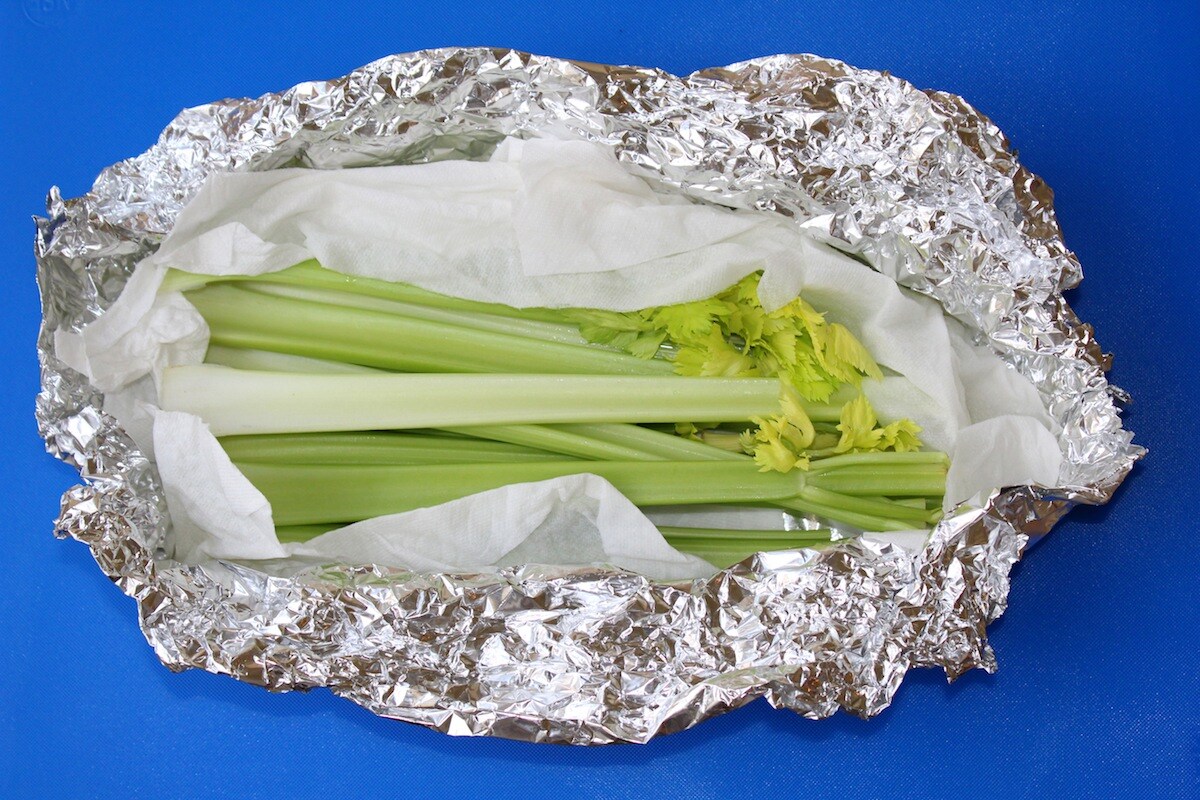


0 thoughts on “How To Store Molasses”